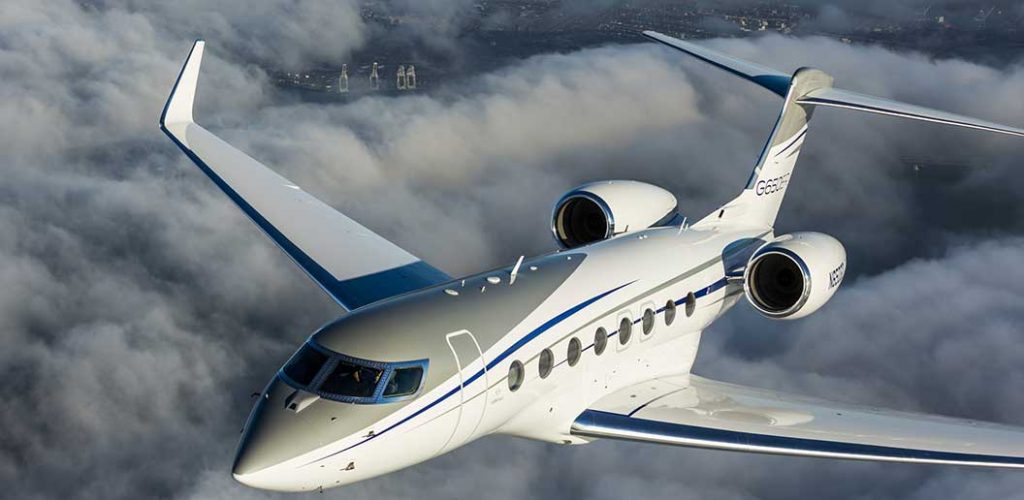Flying high on a private jet is the ultimate height of luxury. However, some jets are much more fabulous than others. Gulfstream, a division of General Dynamics, has always taken the crown in the jet industry, as the symbol of status among the world’s wealthiest. Leaving aside VIP versions of commercial airliners, the ultra-long-range Gulfstream G650 (together with its even longer-range version, the G650ER) has, since 2012, been the largest, fastest and most expensive of all purpose-built business jets.
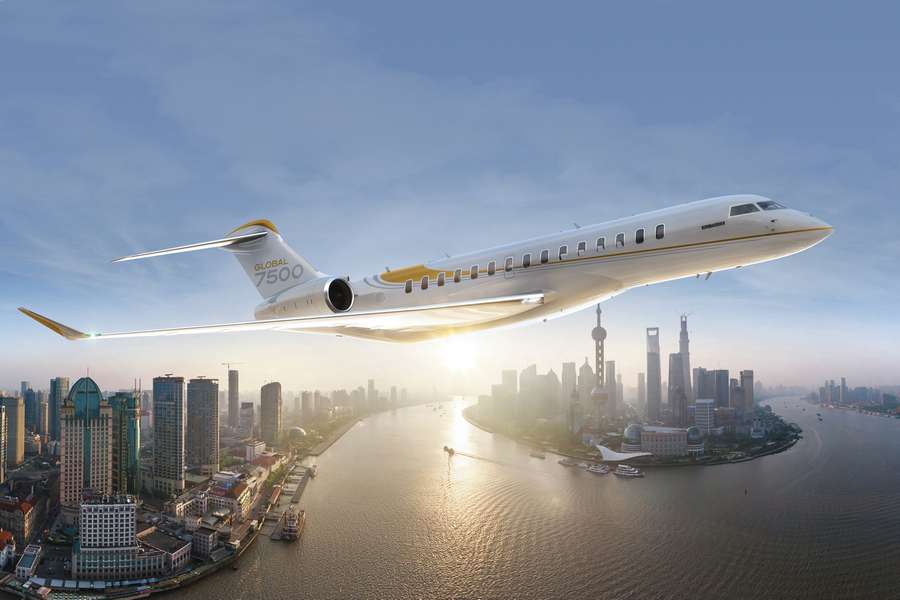
But that top position is now being challenged on several different fronts. After obtaining its Canadian and US certification in late 2018, Gulfstream’s Canadian rival, Montreal-based Bombardier Aerospace, is preparing the launch of its Global 7500 jet (as well as its sister craft, the Global 8000), an aircraft designed to challenge G650’s dominance head on.
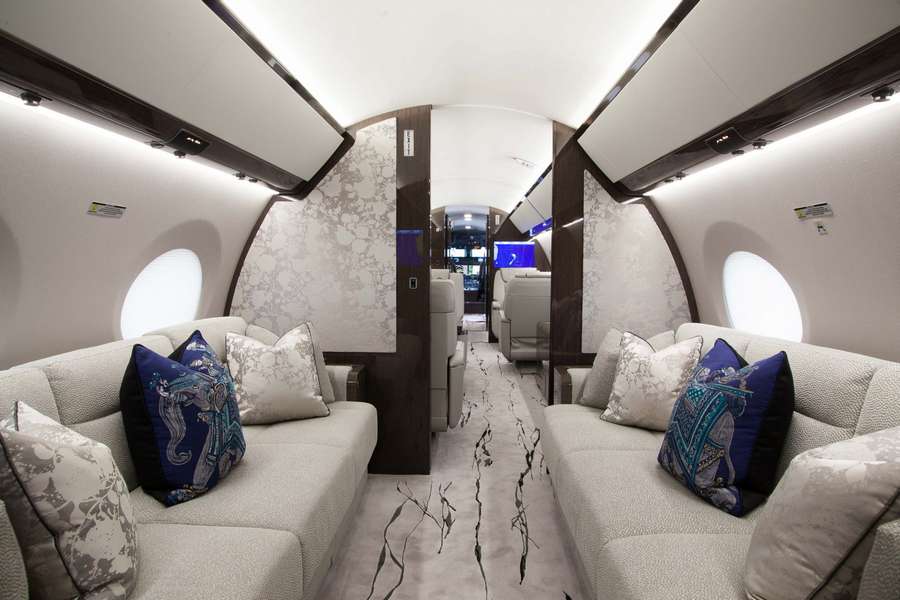
G650 Interior
Both jets have the latest technology including heads up displays, synthetic vision, fly-by-wire and glass cockpits. Although powered by different makes of engines—GE for the Bombardier Global 7500/8000 and Rolls-Royce for the Gulfstream G650—to the untrained eye, the aircraft certainly share similar capabilities. However, the G650 boasts a very slick look with a spacious cabin experience in comparison to the Global 7500’s elegant but smaller interior. Although in terms of cabin design, the Bombardier definitely upped the game including a stand-up shower in its en suite — which isn’t available in the G650ER — and a large conference suite with a six-seater table, which can also be used for a formal dining space. Bombardier has also added extra windows (now 28 in all) to compete with Gulfstream’s famously light-filled cabin.
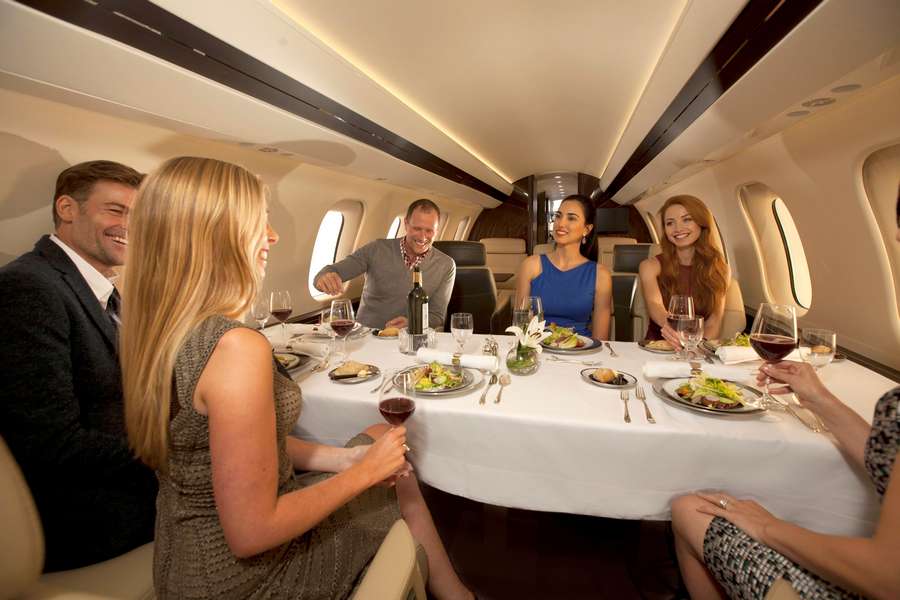
With a price tag of around $70 million, both aircraft are capable of carrying up to 19 passengers. The difference lies in the crafts’ range. The Bombardier is capable of flying up to 7,700 nautical miles, in comparison to the 7000 nautical mile range of the Gulfstream. That’s enough to fly from Sydney to Los Angeles nonstop.
However, range is less important for busy corporate executives & celebrities, what is important is the design of the aircraft which they can show off. In that sense, both aircrafts are certainly neck to neck. While the long cabin of the Global 7500 offers perks of privacy, the G650 windows offer the best views possible—a long-used selling point of the Gulfstream. The G650 is also capable of maintaining cabin altitude at 3,300 feet while actually flying at 41,000 feet. Lower cabin altitude means the heart and lungs don’t work as hard to oxygenate the blood, which reduces fatigue and ensures that upon arrival, passengers are more refreshed and alert.
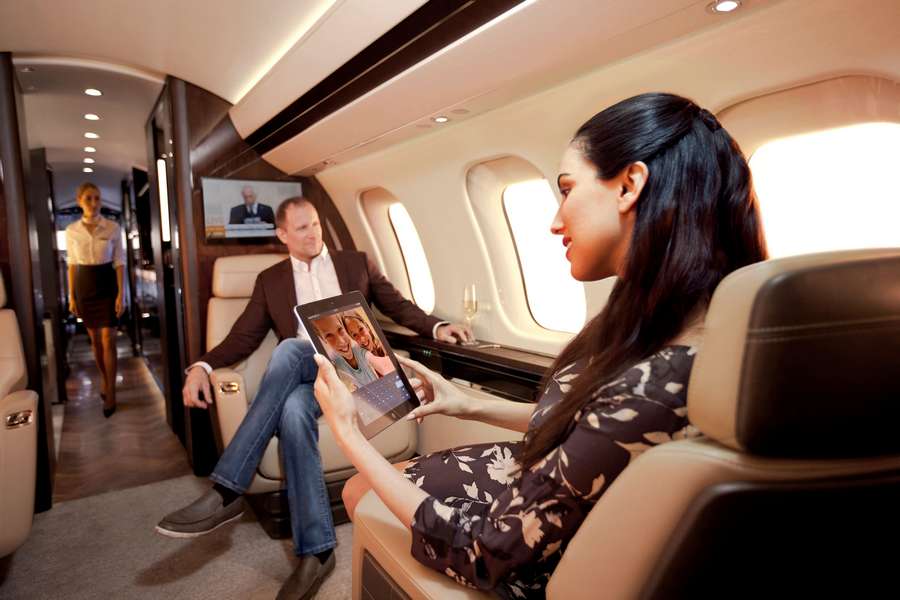
Bombardier does have an ace up its sleeve though—The Nuage, a state of the art ergonomic seat born from seven years of research and engineering. Unavailable on any other craft, the Nuage is designed with the intent to bring the comfort of luxury home seating while in the air.
The Bombardier does sound promising but the Gulfstream is a formidable brand and it has a long standing (or, flying) relationship with loyal customers.
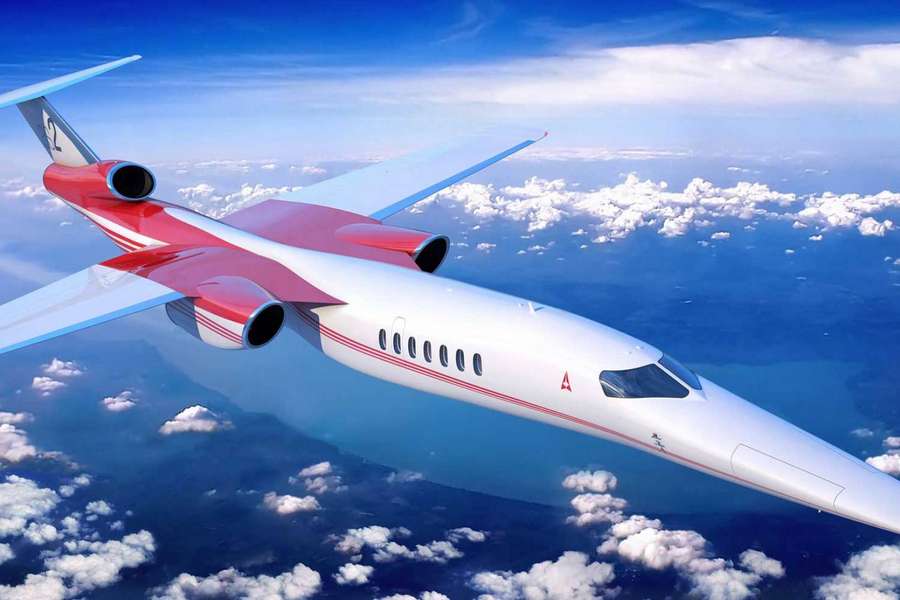
However, in the face of executive travel, it is all about time. Enter Aerion Supersonic and their partnership with Lockheed Martin and GE Aviation to develop the world’s first supersonic business jet. Faster than any jet at the speed of Mach 1.4 (about 1000 mph) it beats out even the Global 7500/8000 or the G650 who are capable of reaching speeds of around Mach 0.9.
Aerion brands itself as “the company that is creating a faster future” and indeed the branding is certainly true. In December 2017, Aerion and Lockheed Martin announced that they were joining forces to develop the AS2—aimed to be 60% faster than today’s business aircraft and airliners. Aerion’s engineering team is working in close collaboration with Lockheed Martin’s Advanced Development Program organization, better known as its famed Skunk Works advanced design team. In October 2018, Aerion and GE Aviation announced the completion of the initial design for the first supersonic engine purpose-built for business jets—GE’s Affinity ™. The first flight has been scheduled for 2023 and promises to save as much as three hours across the Atlantic and more than five hours across the Pacific. Aerion is also collaborating with Honeywell Aerospace to bring a revolutionary new cockpit to the AS2.
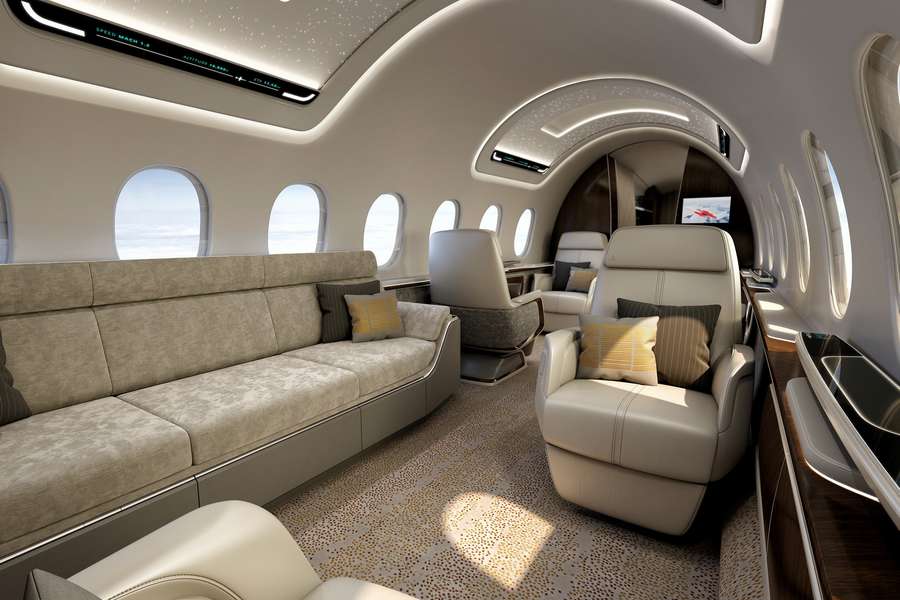
The designs for the AS2 cabin feature a spacious cabin big enough for 11 passengers. Cabin dimensions are similar to some of today’s most popular long-range cabins with two seating areas, a large galley, a full-width aft lavatory, and walk in baggage area. In the words of Aerion’s mission statement, “With an AS2 fueled and at the ready, you will travel in new and more productive ways—to more places in less time—creating whole days to spend on promising business opportunities and precious extra hours for family. Pursue adventure; however you define it, at supersonic speed.”
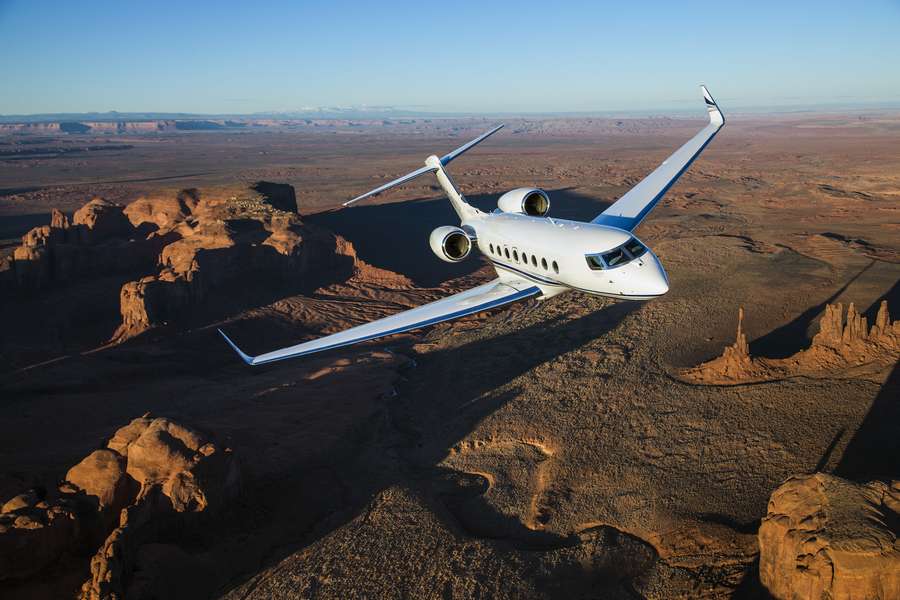
Indeed, global mobility has been revolutionized and whether, it’s the Bombardier Global 7500, the Gulfstream G650 or even the yet-to-be-launched AS2, there is a renaissance in supersonic travel, setting the pace for an epic duel in the skies.


